Now Reading: Top 10 Best Places to Visit in Phichit – Temples, Nature & Culture
-
01
Top 10 Best Places to Visit in Phichit – Temples, Nature & Culture
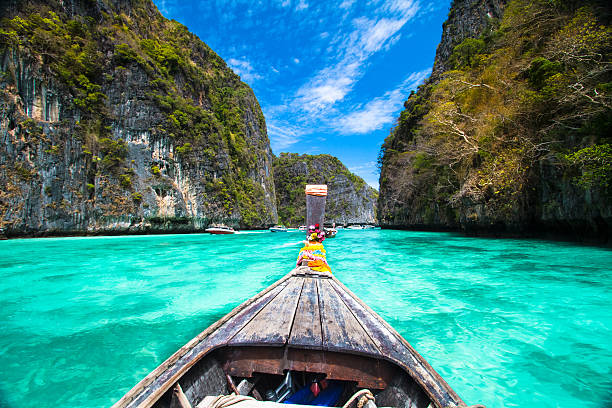
Top 10 Best Places to Visit in Phichit – Temples, Nature & Culture
1.Wat Tha Luang
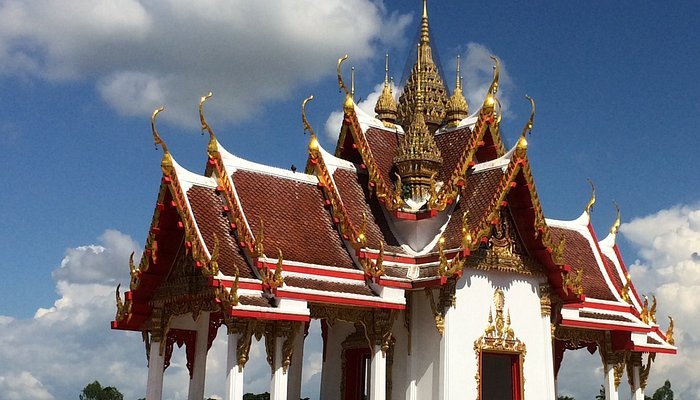
Built on the banks of the Nan River in Phitsanulok, Wat Tha Luang combines beautiful architecture and a chance to explore Thailand’s sacred and cultural past. Experiencing the spiritual side, curious about culture or eager to learn history? Then, this place is perfect for you.
Its stunning setting is the main thing that sets Wat Tha Luang apart from others. Right next to Nan River, the temple provides a peacefulambience for those seeing the peaceful river. The sound of water flowing as you enter the grounds gently accompanies your sense of peace and solemnity.
Importance to Culture and Spirit
This temple is special because it has roots in the community’s cultural and faith traditions. Many Buddhist ceremonies and local festivals are held in the temple. Visitors of all types enjoy this place for its peaceful atmosphere, tradition and connection to Thai culture.
In the temple, you will discover beautiful design, fancy statues and small quiet spaces for meditation. A statute of the Buddha and paintings with stories from Buddhism can be seen in the main hall.
How to Plan a Trip
- A good time to go is during the morning or evening when the weather is cooler and the light makes photos nicer.
- It’s important to always cover your shoulders and knees when you visit Thai temples.
- Visit during a Holiday: During Buddhist holidays that happen in town, you might join Wat Tha Luang in their processions and ceremonies.
2.Bueng Si Fai
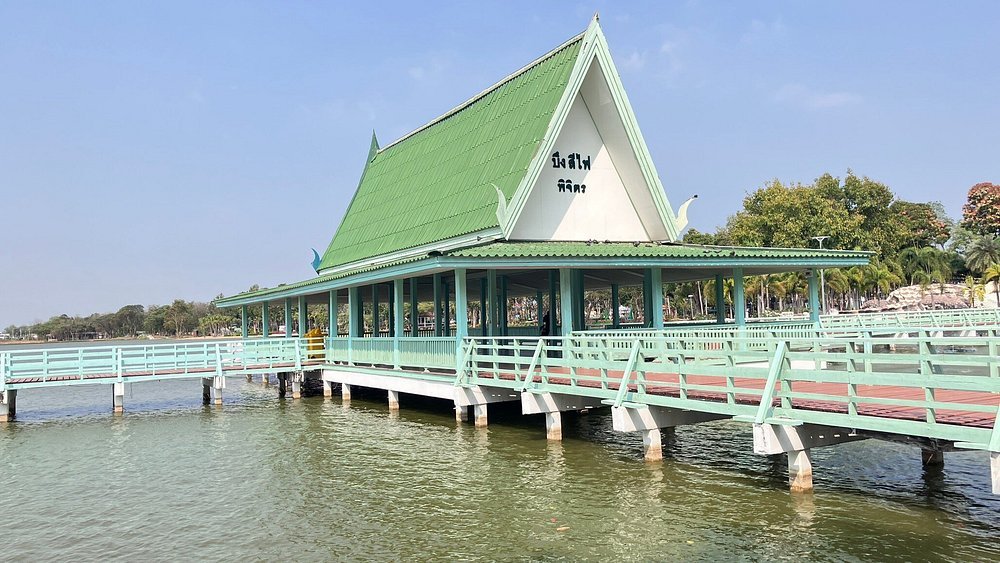
Nearby Bueng Si Fai, a wide lake, is where we took a quick stop on the road to the Phichit Historical Village. As the nation’s third-biggest lake, it made for a calming break just before exploring all the fascinating history there.
You will find a beautiful promenade and restful gardens around Bueng Si Fai, making it just right for a morning workout or peaceful walk. Visitors can also use the outdoors fitness areas for a healthy morning workout. With the lake itself fairly flat, its tranquil waters create a great spot to rest from a busy tour.
One thing I didn’t expect to enjoy as much was… A crocodile pit is an unusual site that’s fun to see if you’re interested. At the same time, we saw some modest local eateries along the main walkway. They offer traditional foods and create a comfortable spot to sit, have something to eat or drink and connect to the internet. We connected to the WiFi there to make our trip to the historic village.
3.Wat Pho Prathap Chang
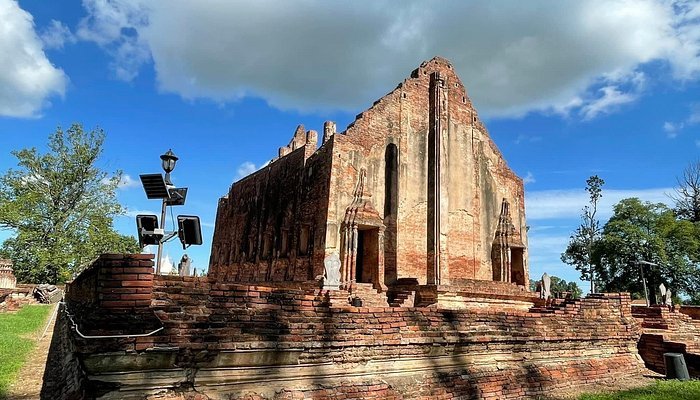
In the province of Phichit, Wat Pho Prathap Chang is certainly a place you want to see. Despite being officially called a ruin, this spot is much more than stones and bricks—it’s a place that links Thai culture, thanks to the peaceful influence of the monks living on the grounds.
Created in 1701 by King Luang Sorasak, better known as the Tiger King because of his love for hunting, the Wat Pho Prathap Chang temple stands from the Ayutthaya era. His place of birth became the site for the temple which gave the area both architectural and significant personal and royal meaning.
It shows the standard Ayutthaya style, having big laterite walls and the remains of a big ordination hall (ubosot) and chedi. Even though its design is more plain than some temples, its symmetry and calm speech so much that their fancy features barely need to be there.
The right time to visit depends on you.
- If you like peace and quiet, visit during the week on weekends or at sunrise. Many more people come to the temples during holidays and weekends.
- You Won’t See: Detail and art are not the focus here, as the site concentrates on its form, history and surrounding atmosphere. Although the interior is not open to visitors, you can read about the temple’s background on many bilingual plaques.
4.Wat Khao Rup Chang
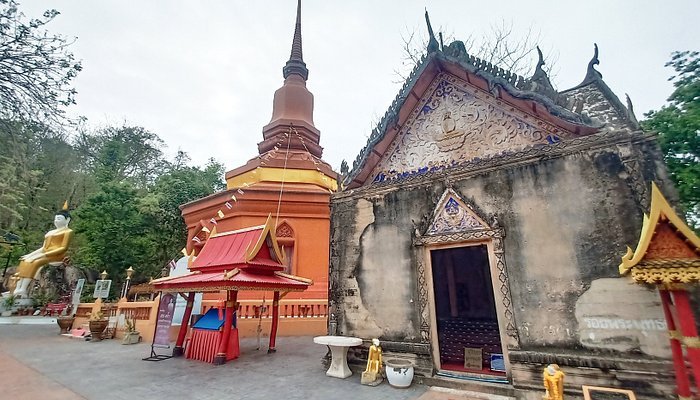
Wat Khao Rup Chang, also known as the Temple of the Elephant Hill, is found about 15 kilometers south of the provincial center in Phichit. The name comes from the site’s look, as the temple sits above a hill that appears to be a kneeling elephant and it is rich in history, religious meaning and nearby views.
- History
- Wat Khao Rup Chang was built in the Ayutthaya period. In the year 1757, a pagoda was built at the top of the hill to keep beloved relics of the Buddha. Key architectural styles of the era are obvious in the temple complex, including a detailed chedi and a calm Buddha image displayed inside the main hall. The 136-step Naga staircase reaching the highest part is an important part, reflecting Buddhists’ path to enlightenment.
The Meaning of Spirituality and Cultural Ceremonies
Besides its appearance, the temple provides a place where people feel closer to their beliefs. They carry out religious activities, for example, “Pid Thong Wai Phra Kuen Khao Pen Duen Sam,” which requires devotees to cover Buddhist images in gold leaf. Visitors are drawn to the site for its sacred atmosphere, thanks to the presence of the Buddha’s footprint in a Mondop.
Visiting Tips
- The best time to avoid crowds at the market is either on weekdays or early in the morning.
- You should follow the same dress code at the temple as when visiting other temples in Thailand.
- The path reaches the tower by climbing up 136 steps, so it is important to be prepared for some activity.
5.Wat Sukhumaram
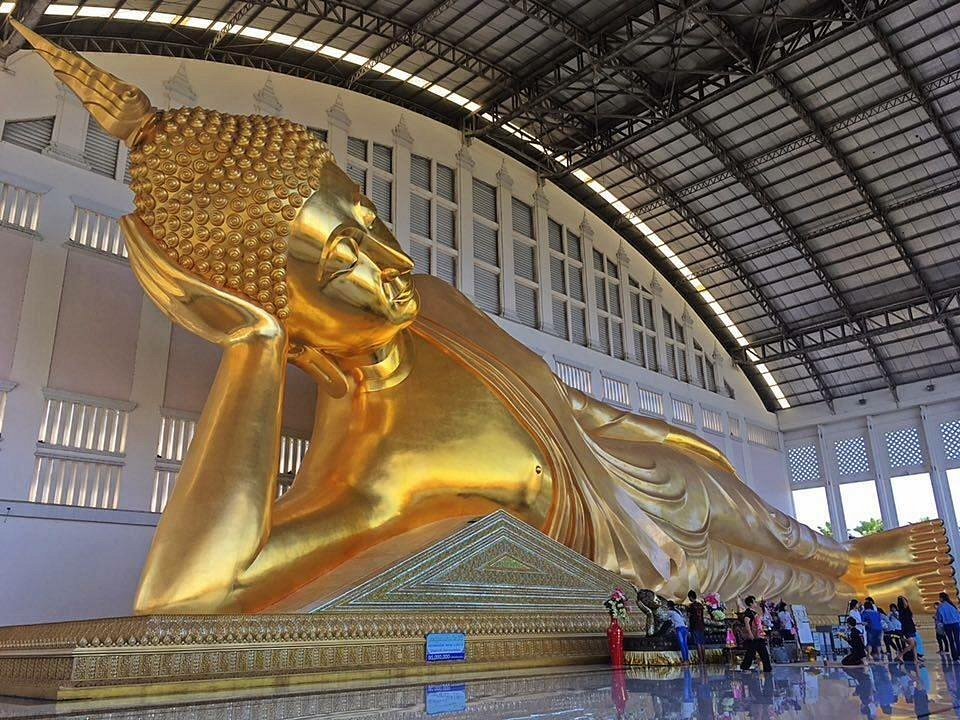
Wat Sukhumaram is found in the quiet Wang Taku Subdistrict of Phichit Province and represents Thailand’s spiritual and architectural history. Khun Kamjad Sukhumarnon was such a kind donor that the temple was renamed to honor his generous gift of land.
- Historical Significance
- Wat Sukhumaram began in 1956 when the local community worked together in faith. The 55.29-meter-long reclining Buddha inside the temple gives it much of its prominence and makes it the third largest in Thailand. Built to celebrate the 84th birthday of King Bhumibol Adulyadej (Rama IX), the statue represents the great admiration people had for the king.
Architectural Highlights
Natural light shine on the golden Reclining Buddha which sits inside a large and airy open building. Its massive scale and fine workmanship astonish all who see it which stands for Buddha’s passage into Nirvana.
In this hall is Luang Pho Khian, who used to be the temple’s honorable abbot. Visitors to Gurdwara seek blessings and insight by offering their respect.
On the site are a number of ancient buildings and many of them are covered in detailed artwork and ornate sculptures such as the Ubosot, sermon hall and areas secluding meditation.
Visiting Tips:
- Allow yourself 1 to 2 hours to have a proper look at all the temple has to offer.
- How you dress should demonstrate your respect for the place.
- You should visit in the morning or on a weekday, for a peaceful time.
- Right now, Bang Mun Nak is mostly cloudy, with a temperature of 94°F (34°C). In the next several days, get ready for generally the same weather, with a chance of showers and temperatures near 89°F (32°C) or 96°F (35°C).
6.Wat Nakhon Chum
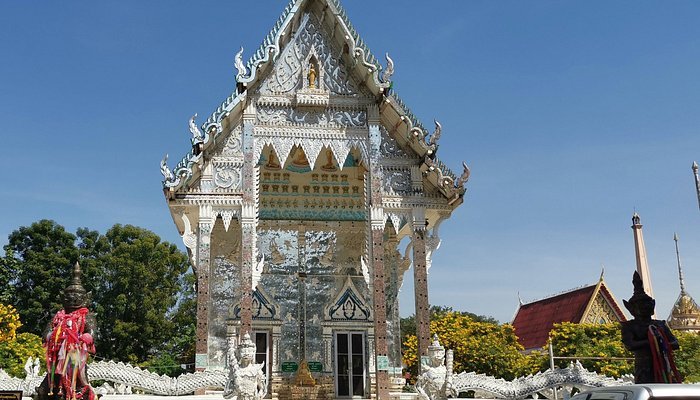
In the center of Phichit town, Wat Nakhon Chum gives visitors a chance to experience peace and learning about history. Because of its balmy and tidy surroundings, this temple demonstrates the area’s old cultural traditions.
Historical Significance
Wat Nakhon Chum is thought to have been built during the Sukhothai period, so it is one of the oldest temples near Phitsanulok. Because of its history, the temple has seen Phichit change through many ages. There’s also a large Sukhothai-style Buddha here which was used for oaths of allegiance ceremonies and shows its central place in both sanctity and civic life in the area.
Architectural Highlights
The building displays the common characteristics of the Sukhothai period, including simple but meaningful designs. The main ordination hall is covered in traditional motifs and holds a very famous Buddha image inside. Every effort is made to keep the grounds pristine, so they are perfect for quiet meditation and deep thoughts.
Visiting Tips
- If you want fewer crowds, the best time is either early in the morning or on weekdays.
- Please dress modestly to be respectful at the holy place.
- The weather in Phichit today is light rain at 93°F (34°C). The meteorologist expects further rain, with temperatures between 91°F (33°C) and 76°F (24°C) during that period.
7.Wat Thewaprasat School
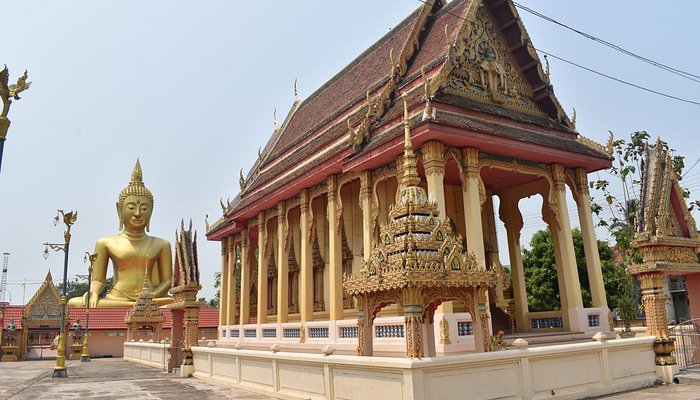
Located near the Nan River in Taphan Hin, Phichit Province, Wat Thewaprasat School is known for blending peacefulness with being part of the community. The temple stands out thanks to its very large golden Buddha statue and its close link to local learning efforts.
Historical Significance
The famous Phra Buddha Ket Mongkhon, named Luang Pho To Taphan Hin, lives here at Wat Thewaprasat. Standing at around 30 meters tall and a lap width of 20 meters, this image is one of the largest Buddhas in the country’s north. In 1970, the statue was finished and His Majesty the King bestowed its name on it. The place expresses peace and well-being for those who live around it.
Architectural Highlights
The highlight of the temple is the Phra Buddha Ket Mongkhon, an amazing golden Buddha statue. Light from the Sun bounces off its gold surface, brightening the Moon so it appears shining from far away.
Well-Preserved Grounds: The complex is in good condition and decorated with typical Thai roofs and careful design details.
Next to the temple, you will find a school called the same thing which reflects the temple’s participation in bettering the community and teaching.
Visiting Tips:
- You should spend about 1–2 hours at the temple to explore and enjoy the calmness.
- Modest clothing is expected to show your respect for the sacred environment.
- The recommend times to visit are early mornings and weekdays for a quieter visit.
- On May 24, the day, Taphan Hin is seeing light rain at a temperature of 93°F (34°C). Temperatures are expected to fall in between 91°F (33°C) and 76°F (24°C) and rain will persist, says the forecast.
8.Chaloem Phra Kiat Aquarium

At the quiet Bueng Si Fai, Chaloem Phra Kiat Aquarium gives visitors the chance to discover Thailand’s freshwater wildlife. Even though it’s not huge, this aquarium gives you a close look at some local fish and lets you admire the lake’s beauty up close.
Architectural Highlights
Aquariums refined nine-pointed star structure, touching on Bueng Si Fai while merging nature and architecture gracefully. The walkway is carefully cleaned and maintained, letting each person move over the water to the center’s main zone.
Visiting Tips:
- It is suggested to spend somewhere between 30 minutes and 1 hour checking out the aquarium.
- Early mornings or on weekdays help you avoid crowds.
- Current weather in Phichit is light rain and temperatures stand at 93°F (34°C). Rain is still forecasted for the day and the temperatures are expected to range from 91°F (33°C) to 76°F (24°C).
9.Phichit Historical Park

Phichit Historical Park is tucked away in Phichit Province and lets those who visit get a close look at Thailand’s past. Phichit became important during the Sukhothai and Ayutthaya times, after it was founded by Phraya Kotabongthevaraja in 1058 as an ancient city. Since it was declared an archaeological site in 1935 and restored 50 years later, the park continues to protect the ancient city walls, moats and temples that tell of its history.
We started our trip with a visit to Bueng Si Fai, an attractive and calm freshwater lake during early hours. So we used Grab and paid 45 baht for a bike trip of 10 minutes to Phichit Historical Park.
Since we chose the scenic route, we entered the park following the nature trail. Once we passed under the entrance arch and headed right, we found the red arrows directing us toward the temple. My 20-minute walk in the forest led me to the major chedi, peeking out from below the trees—an experience similar to something from an Indiana Jones movie.
With the atmosphere taking about 30 minutes, we headed back to the main entrance. At the chedi and throughout our walk, we saw nobody else which felt very old-world Thai.
Historical Significance
- The park contains a variety of important landmarks.
- In Wat Mahathart is an ancient temple, notable for its lotus-bud-shaped stupa, symbolizing the fine architecture of the oldest times.
- City Pillar Shrine: A wooden Thai building that serves as the spiritual center for the city’s original area.
- Because Phichit locals believe in a famous story about Chala Wan Cave, the site reflects its unique cultural background.
10.Crocodile Pit
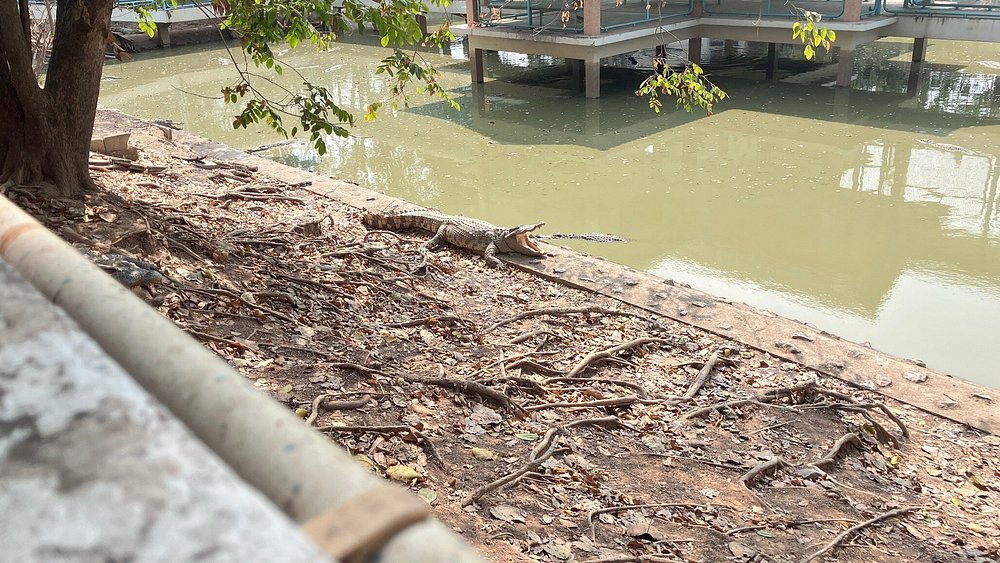
Just a short walk from Bueng Si Fai, the Crocodile Pit presents guests with a simple, yet exciting, encounter with Thai crocodiles. Although the zoo or aquarium isn’t very large compared to others, it has great cultural and historical importance for the people nearby.
The History and Culture of the Society
Because of the well-known legend of Krai Thong, Phichit Province is frequently known as the “City of Crocodiles.” According to this legend, Chalawan once took a local maiden and Krai Thong dared to dive into the river to rescue her. It highlights the close relationship the local people in Phichit have with crocodiles, representing ideas of bravery, love and continuing conflicts between what is right and wrong
The park’s Crocodile Pit honors the region’s stories while giving people an opportunity to watch these reptiles from close by.
Architectural Highlights
Phaya Chalawan or the Giant Crocodile Statue, is next to the Crocodile Pit. The impressive building is famous and also has a meeting room for up to 25-30 people. The statue represents the way art, culture and community combine to make the crocodile Phichit’s most famous symbol.
- Allow yourself 30 minutes to an hour to walk around the Crocodile Pit and its area.
- Ideal times to visit are when it’s still early or on weekdays if you want a peaceful crowd.
Related articles : Top 10 Best Places to Visit in Phitsanulok – Temples, Nature & History
Stay Informed With the Latest & Most Important News
Previous Post
Next Post
-
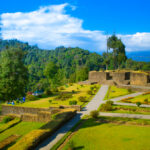 01Top 5 Best Places Visiting in Gyalshing – Monasteries, Lakes & Scenic Escapes
01Top 5 Best Places Visiting in Gyalshing – Monasteries, Lakes & Scenic Escapes -
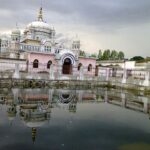 02Top 5 Best Places Visiting in Panna – Temples, Waterfalls & Wildlife Escapes
02Top 5 Best Places Visiting in Panna – Temples, Waterfalls & Wildlife Escapes -
 03Top 5 Best Places to Visit in Malerkotla – Malerkotla Fort, Sheesh Mahal & More
03Top 5 Best Places to Visit in Malerkotla – Malerkotla Fort, Sheesh Mahal & More -
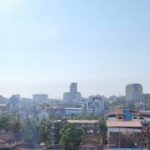 04Top 10 Best Places Visiting in Dakshina Kannad for Culture, Nature & Coastal Charm
04Top 10 Best Places Visiting in Dakshina Kannad for Culture, Nature & Coastal Charm -
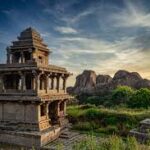 05Top 2 Best Places Visiting in Chitradurga for History, Nature & Adventure
05Top 2 Best Places Visiting in Chitradurga for History, Nature & Adventure -
 06Best Places Visiting in Shopian – Explore Top Attractions & Hidden Gems
06Best Places Visiting in Shopian – Explore Top Attractions & Hidden Gems -
 07Best Places Visiting in Narmadapuram – Temples, Waterfalls & Wildlife Escapes
07Best Places Visiting in Narmadapuram – Temples, Waterfalls & Wildlife Escapes












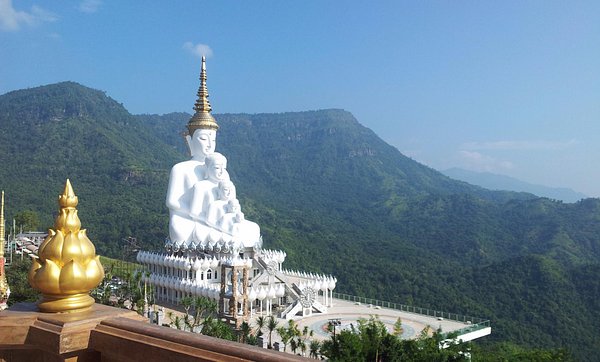

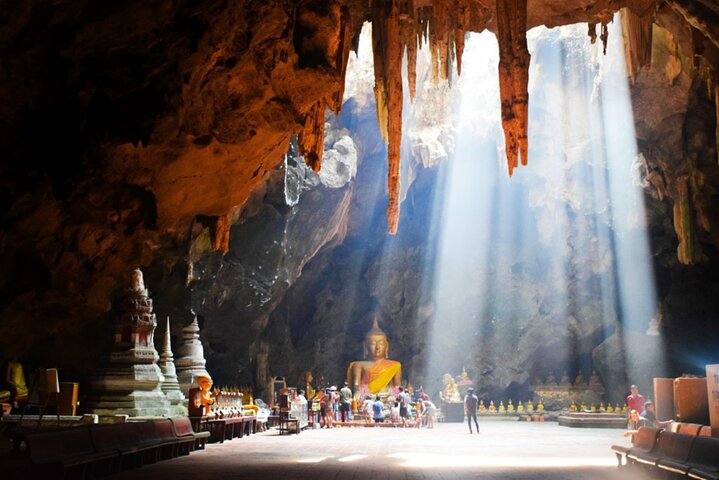
Pingback: Best Places to Visit in Phetchaburi – Explore Temples, Nature & Culture